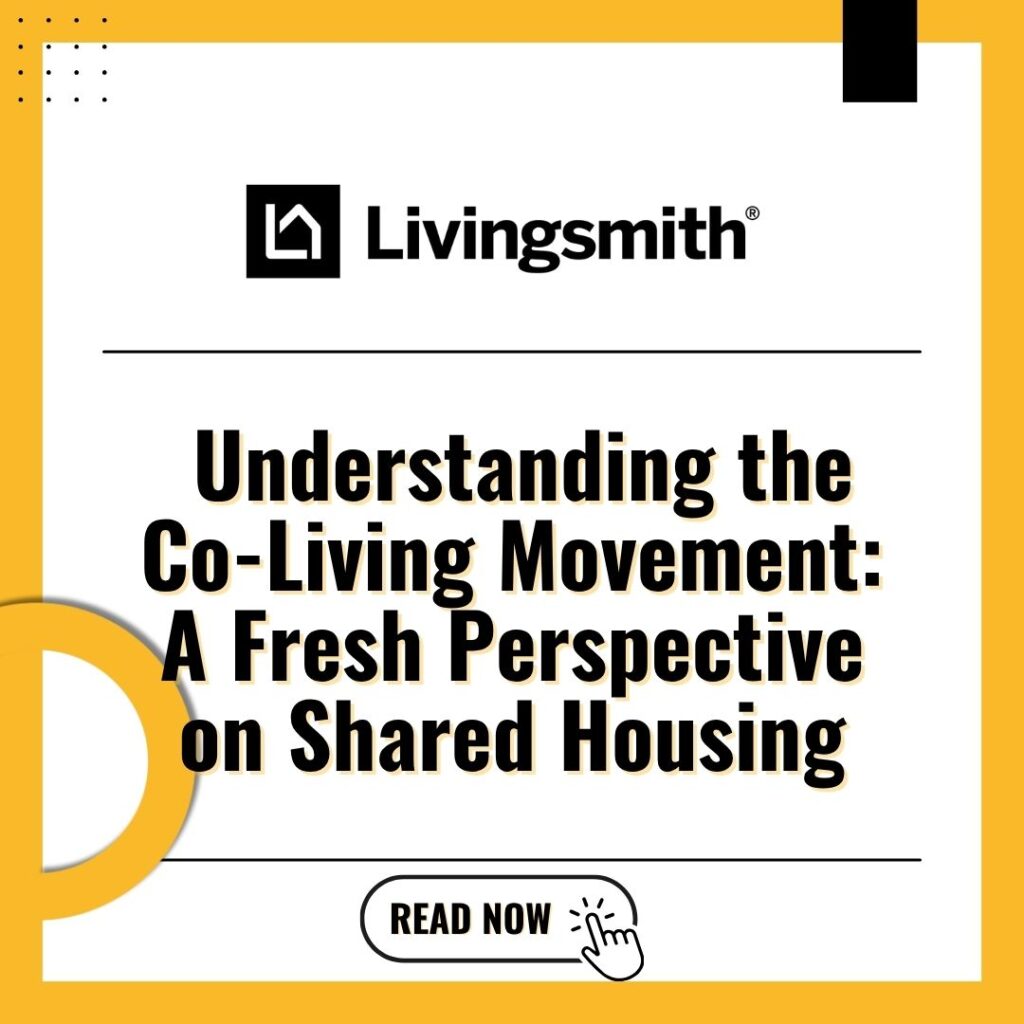Introduction
The concept of co-living is redefining the way we think about shared housing. In this blog post, we’ll delve into the essence of co-living. Whether you’re a novice or a veteran in this space, gaining a deeper understanding of this movement is crucial for appreciating its impact and potential.
Decoding Co-Living
Co-living, at its broadest, involves renting each room in a house on long-term leases within neighborhood settings. While this may seem reminiscent of traditional Rent by the Room arrangements, co-living adds layers of community and innovation to the experience, especially as it gains popularity in the United States.
Diving into Co-Living Categories
Co-living can be segmented into two key categories:
Transitional Co-Living: This type caters to temporary needs such as student housing or sober living arrangements. It’s for those in a state of flux, offering them a place to stay only until they’re ready to move on.
Mainstream Co-Living: This type represents a novel approach that began solidifying around 2003, gaining significant traction with the share economy’s rise. Mainstream co-living is characterized by long-term room rental arrangements in desirable neighborhoods, appealing to those seeking communal living in a way that aligns with modern lifestyle choices.
Evolution and Current Landscape
The co-living movement has encountered its share of challenges and successes. While there have been notable failures, such as Ollie and HubHaus, successful models like Padsplit.com illustrate the movement’s potential and resilience. As the sector matures, it’s establishing firm roots, evidenced by the upcoming first co-living conference in Denver, Colorado, in June 2025.
Cultural and Economic Influences
What sets co-living apart is its dual evolution as both a cultural and economic trend. As societal norms shift—with more individuals delaying marriage and seeking community—co-living emerges as a viable option that offers social connectivity alongside economic advantages.
Mutual Benefits in Co-Living
Co-living offers a unique financial equation where both landlords and tenants benefit. Property owners see increased returns by renting spaces individually, while tenants enjoy expansive living environments for the price of a single room, reflecting a mutual gain scenario seldom seen in traditional housing markets.
Conclusion: Step into Co-Living
If you’re intrigued by co-living’s potential, now is the opportune moment to engage. The field remains open for pioneers and innovators, with significant financial returns and societal impacts to be had. The movement’s capacity to transform continues to grow as it takes shape, making now the perfect time to invest or participate in its journey.
Final Thoughts
I hope this exploration of co-living has deepened your understanding and piqued your interest. The movement is still defining itself, and there are vast opportunities to shape its future. Thank you for exploring these ideas, and here’s to embracing the shared experiences and community co-living can provide.









